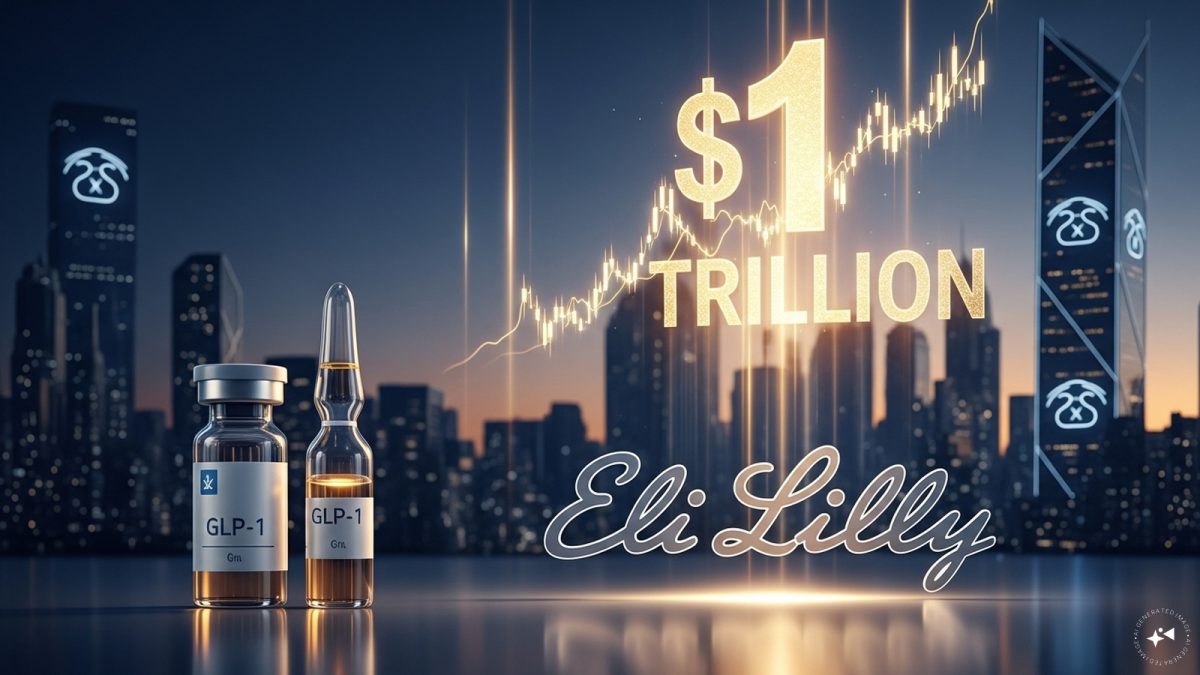Eli Lilly on Friday became the first drugmaker to reach a $1 trillion market valuation, joining an exclusive club long dominated by tech giants, highlighting its rise as a leader in the weight-loss drug market.
A surge of more than thirty-five per cent in Lilly’s stock this year has been largely driven by the explosive growth of obesity treatments. Over the past two years, highly effective new drugs have transformed the weight-loss segment from a niche area into one of healthcare’s most lucrative markets.
While Novo Nordisk initially led the category, Lilly’s drugs—Mounjaro and Zepbound—have gained rapid popularity, surpassing its rival in prescriptions. Shares briefly touched record highs, trading nearly one per cent higher at $1,051 on Friday.
Lilly now trades at a premium valuation for big pharma, around fifty times expected earnings over the next twelve months, reflecting investor confidence in sustained demand for obesity treatments. Since the late-2023 launch of Zepbound, Lilly shares have climbed over seventy-five per cent, compared with a fifty per cent rise in the S&P 500 over the same period.
In its most recent quarter, Lilly’s combined revenue from its obesity and diabetes portfolio exceeded $10.09 billion, accounting for more than half of its total revenue of $17.6 billion.
Quick Reads
View All“Lilly joins a coveted trillion-dollar market cap group as the investment public begins to fully appreciate the robust innovation Eli Lilly has given to patients,” said Kevin Gade, chief operating officer at Lilly shareholder Bahl and Gaynor.
The company raised its annual revenue forecast by more than $2 billion in October, citing strong global demand for its obesity and diabetes drugs. Analysts project the weight-loss drug market could reach $150 billion by 2030, with Lilly and Novo expected to control the majority of global sales.
Investors are closely watching Lilly’s oral obesity drug orforglipron, expected to gain approval early next year. Citi analysts noted last week that the latest generation of GLP-1 drugs has already been a “sales phenomenon”, and orforglipron could benefit from the success of its injectable predecessors.
Lilly is also set to gain from a planned US investment deal with the Trump administration, designed to expand domestic production. Analysts said the White House pricing deal may temper near-term revenue but significantly expands access, potentially reaching forty million US candidates for obesity treatment.
“Lilly is starting to resemble the ‘Magnificent Seven’ again,” said James Shin, director of Biopharma Equity Research at Deutsche Bank, referencing the tech giants that have driven much of this year’s market gains. “At one point, it slipped out of favour after disappointing headlines and earnings, but now it seems poised to rejoin that circle, possibly even as an alternative for investors amid recent concerns in AI stocks.”
Analysts caution, however, that Lilly’s future growth will depend on its ability to sustain pricing for Mounjaro and Zepbound, scale up operations, and leverage its diversified pipeline and strategic deals to offset potential margin pressures.


)

)
)
)
)
)
)
)
)



